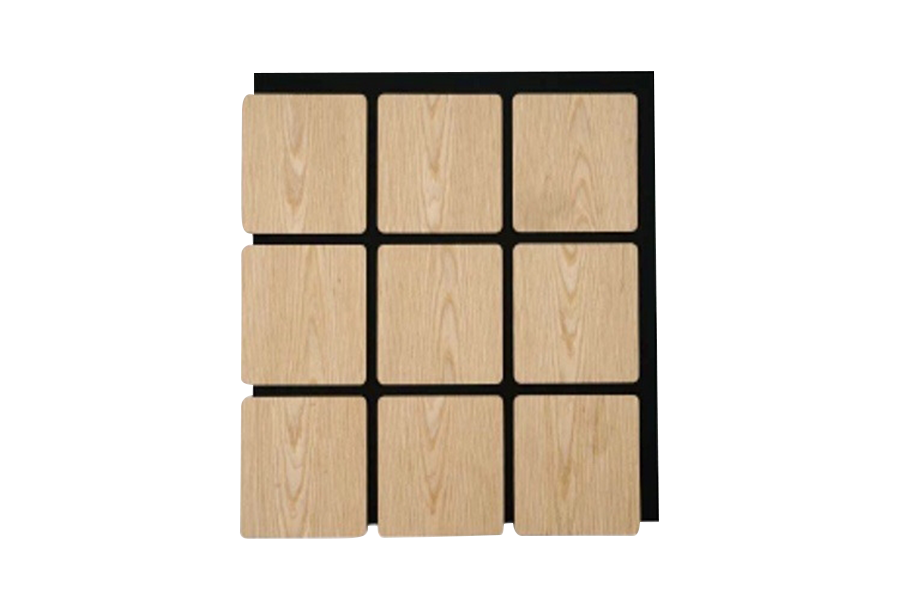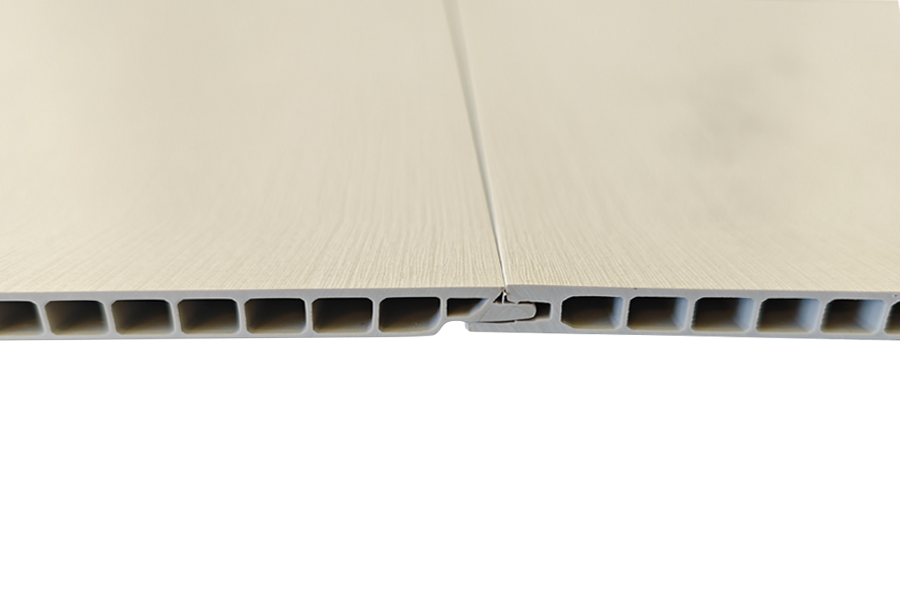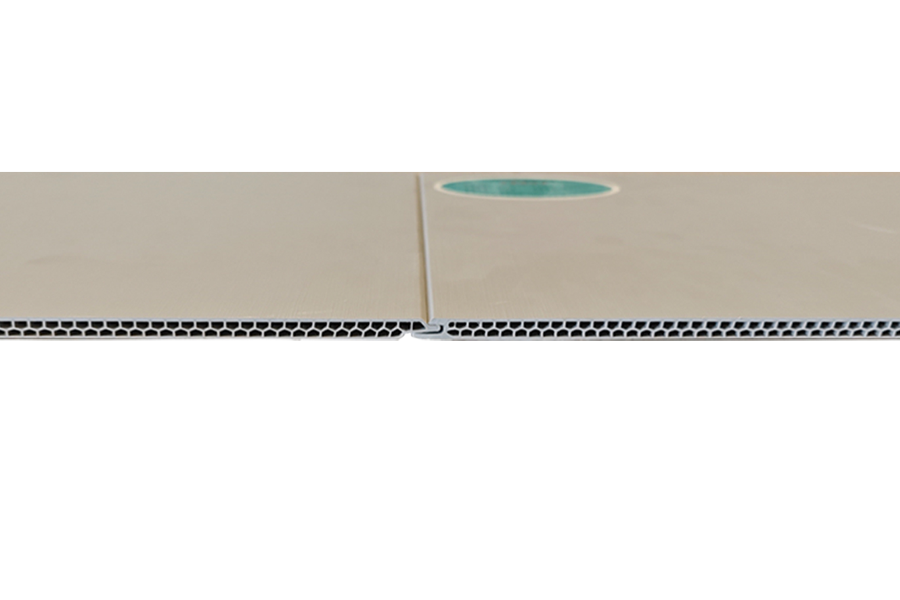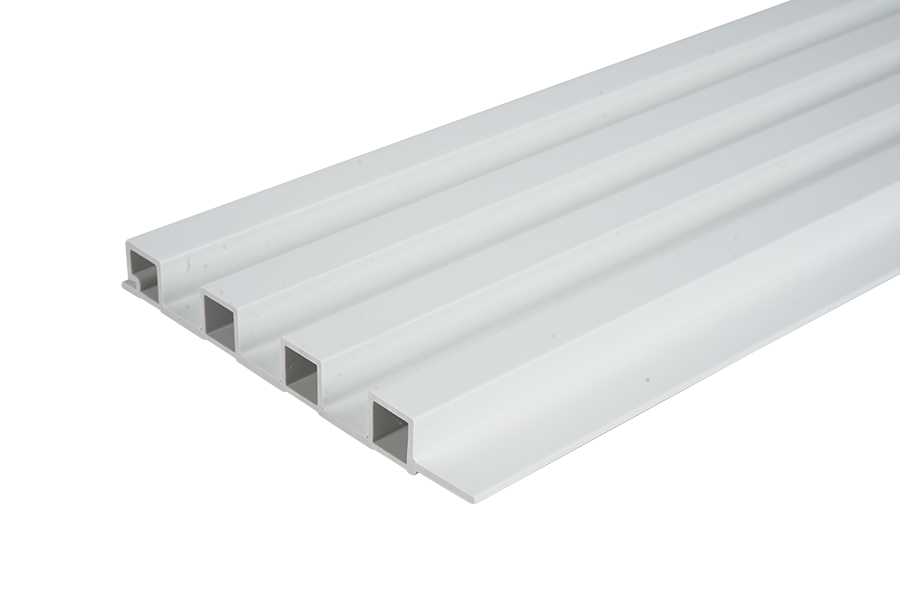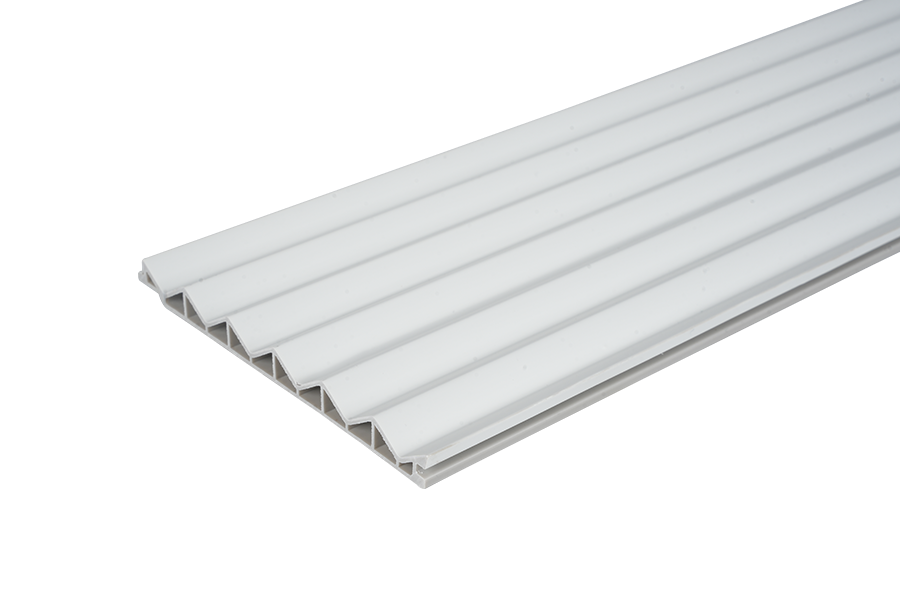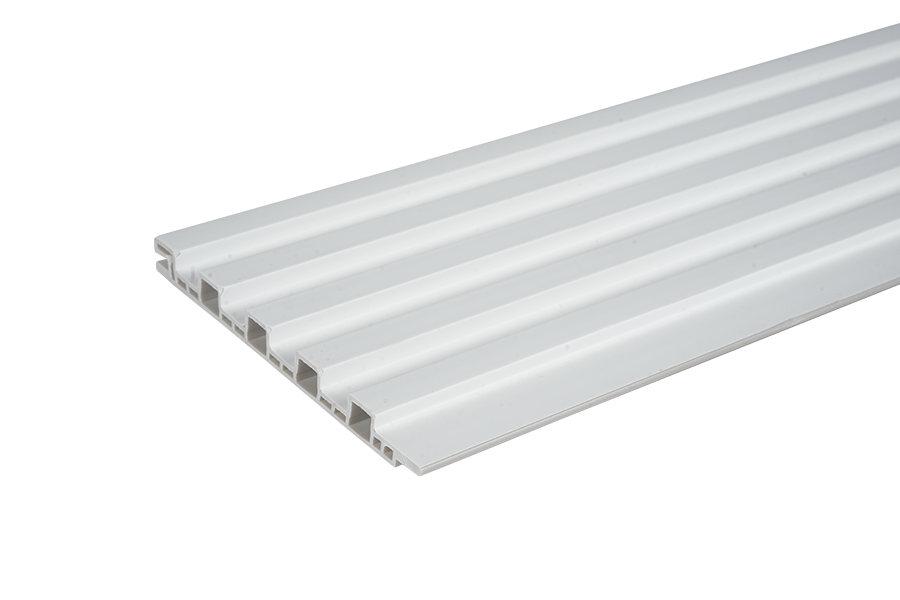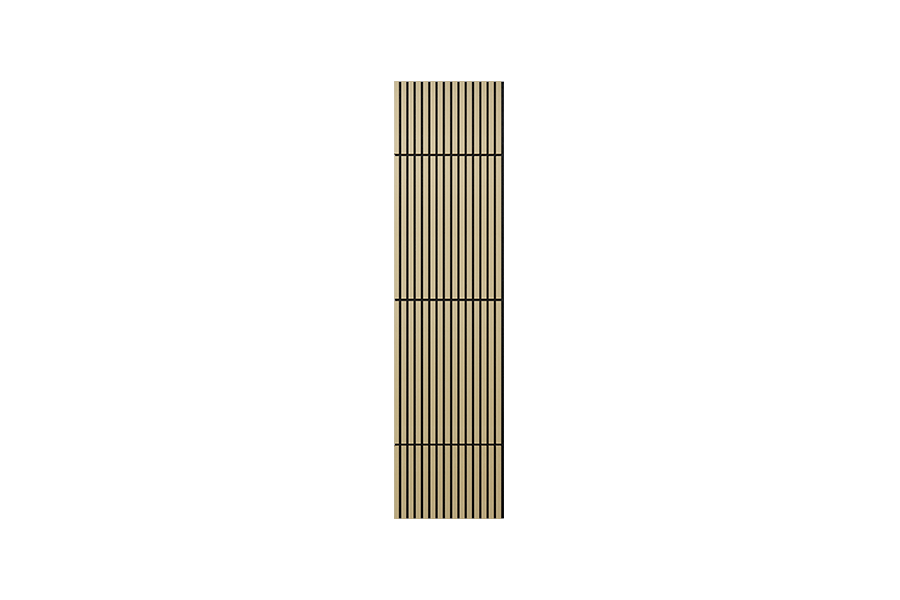The urban design landscape is witnessing a surge in demand for materials that blend raw industrial charm with contemporary functionality. At the forefront of this movement are industrial interior wall panels, which have become a cornerstone for architects and designers crafting spaces with modern urban appeal. These panels bridge the gap between residential warmth and commercial durability, offering solutions that work equally well in loft apartments, boutique offices, and hospitality venues.
Unlike traditional house wall panels designed primarily for domestic settings, industrial-style panels embrace exposed textures, metal accents, and utilitarian finishes. Their popularity stems from an ability to create visual interest while solving practical challenges like sound management and easy maintenance. This is where acoustic plywood panels enter the conversation, providing sound-dampening properties within the industrial aesthetic framework.
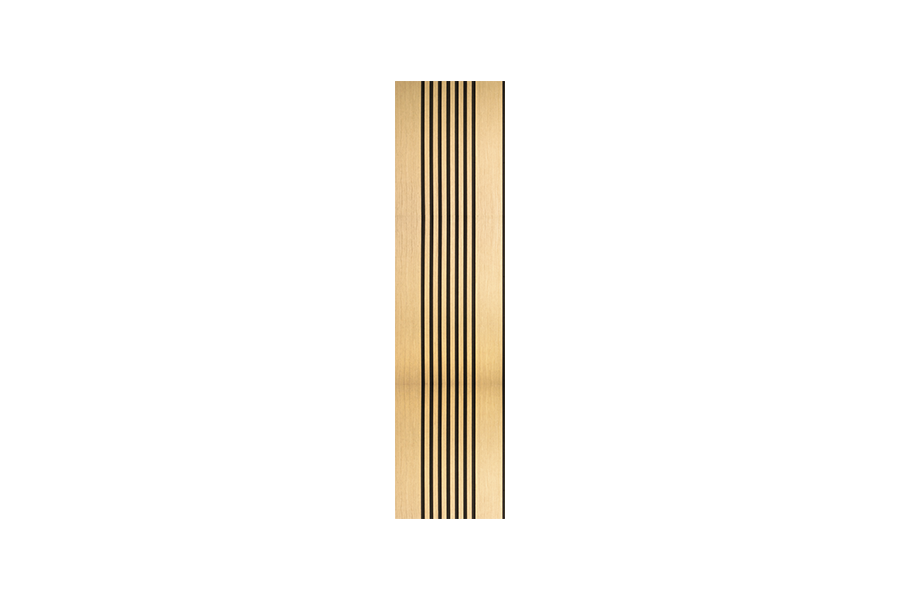
Why Industrial Panels Are Redefining Urban Spaces
The appeal of industrial interior wall panels lies in their authenticity. Many feature unfinished metal surfaces, distressed wood grains, or concrete-like textures that celebrate rather than conceal their materiality. This resonates with urban dwellers seeking designs that feel grounded and honest – a stark contrast to the sterile goodion of conventional house wall panels.
What sets these panels apart is their hybrid functionality. Manufacturers now integrate sound-absorbing cores within rugged exteriors, creating acoustic plywood panels that look like weathered steel or aged timber. A downtown co-working space might use these to reduce echo while maintaining an edgy, unfinished look that inspires creativity. Similarly, restaurants leverage their noise-control benefits without sacrificing the industrial vibe patrons love.
Material Innovation Meets Design Flexibility
Today's industrial interior wall panels go beyond mere surface decoration. Advanced composites allow for:
- Thermal Regulation – Metal-faced panels with insulated cores that combat urban heat islands
- Modular Customization – Interlocking systems enabling dynamic geometric arrangements
- Sustainable Sourcing – Recycled content in everything from steel to the wood fibers in acoustic plywood panels
This versatility lets designers use the same panel system to create a feature wall in a luxury condo or clad an entire office floor – something traditional house wall panels couldn't achieve without appearing out of place. The integration of sound-absorbing properties is particularly noteworthy. By embedding noise-reducing materials into panels that mimic corrugated metal or machine-age riveting, manufacturers have solved a key urban design pain point.
Installation Advantages Over Conventional Options
Compared to installing multiple layers of drywall with separate acoustic plywood panels, modern industrial systems offer streamlined solutions. Many feature:
- Clip-on Mechanisms – Allowing panels to be swapped seasonally for dynamic spaces
- Pre-finished Surfaces – Eliminating the need for messy onsite painting or sealing
- Weight Optimization – Critical for retrofitting older urban buildings where structural loads matter
These features make industrial interior wall panels preferable to conventional house wall panels in adaptive reuse projects – think converted warehouses or historic buildings where preserving character is paramount.
The Future of Urban Material Palettes
As cities grow denser, the demand for materials that balance aesthetics and performance will only intensify. Industrial interior wall panels are evolving to meet this need, with new finishes that incorporate:
- Photocatalytic Coatings – Breaking down urban pollutants
- Integrated Lighting – Creating illuminated feature walls without added fixtures
- Magnetic Surfaces – Turning walls into functional workspaces
Meanwhile, advancements in acoustic plywood panels now allow for thinner profiles with better sound ratings – crucial for mixed-use developments where residential quiet meets commercial energy.
Industrial Meets Intentional
The rise of industrial interior wall panels represents more than a stylistic trend. It's a response to urbanites' desire for authentic, multifunctional spaces. By combining the durability of commercial materials with the warmth of residential house wall panels, and integrating the performance of acoustic plywood panels, this category is redefining what walls can achieve in modern design.






 Español
Español عربى
عربى русский
русский
